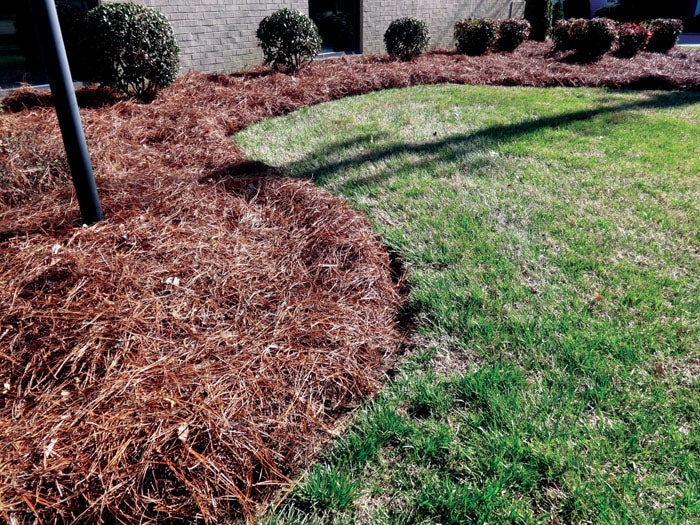Darrell Blackwelder: Protecting plants from winter cold
Published 12:00 am Saturday, January 6, 2024

- Pine straw mulch
Extreme drops in night temperatures can cause damage to both mature and newly planted plant materials. Sudden temperature fluctuations may cause bark damage to trees and shrubs causing splits along tree trunks and branches. This type of damage eventually kills trees and shrubs. Bark damage is commonly found on the southwest side of young shade trees where warm afternoon sun creates further extremes in the day and night temperatures.
Keep shrubs and container plantings watered: Many forget but it can get dry in the winter, even if we’re expecting rainfall or snow. Newly planted trees and shrubs should be irrigated as well as container plantings. Container plantings suffer both from temperature extremes as well as lack of water, especially during cold, windy weather. Lack of water during the winter months is a major cause of winter damage.
Mulching trees and shrubs. This will help insulate the soil allowing moisture uptake. Adding a 3-6-inch layer of course mulch aids in reducing water loss and help maintain uniform soil moisture and temperatures around roots. Mulch layers also prevent heaving and thawing which is especially important to newly planted trees and shrubs.
Shield your plants. If possible, shade plants from direct winter sun and wind. Plants that freeze slowly and thaw slowly will suffer less damage. Building a frame over the plants, cover with a material, and seal to the ground will help reduce damage. Small evergreens can best be protected by using wind breaks to reduce the force of the wind and to shade the plants. Windbreaks can be created by attaching burlap or canvas to a frame on two sides of the plant.
Darrell Blackwelder is the retired horticulture agent and director with the North Carolina Cooperative Extension Service in Rowan County. Contact him at deblackw@ncsu.edu.


